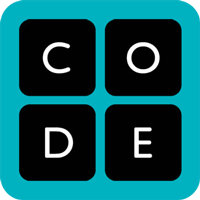How do computers solve problems? Students will learn how a smartphone uses information to solve complex problems. Students look at types of input that may be needed to solve a particular problem and describe the processing and storage that a computer would do to produce the desired output.
Learning Objectives
- Describe how information can be processed to solve a particular problem.
- Identify a possible source of a given input.
- Determine what information should be stored on a device for use later.
What You’ll Need
Hands-on
Minds On
- Computational thinking
- Persistence
- Collaboration
- Problem-solving
This lesson reviews the input, output, storage, and processing aspects of a computer in a context that is relevant and familiar to students: apps. In pairs, students evaluate smartphone applications to analyze the specific problems that they were designed to solve, the inputs that they need to work, and the processing that turns those inputs into the desired output, as well as what information they would want to store for later. The class concludes with a discussion that connects the lesson to apps with which students are more familiar.
- How can information be processed to solve a particular problem?
- Why is it important to know a user’s needs and wants when designing an application for that specific user or group of users?
- Why is some information stored in a smartphone while other information is not?
For Students
- How might you use the information you learned to create a prototype of an application for a smartphone?
For Teachers
- Have students visit an app store, like the Google Play Store or Apple App Store. Instruct them to find a non-gaming app and conduct the same analysis as in the activity guide (looking at the problem it solves, the information it needs, and the output it provides to the user).
